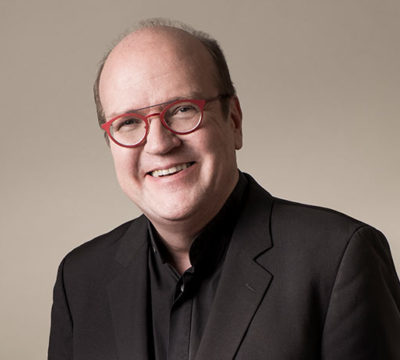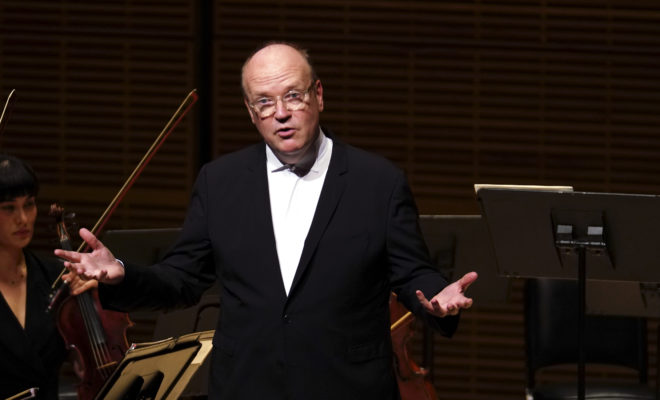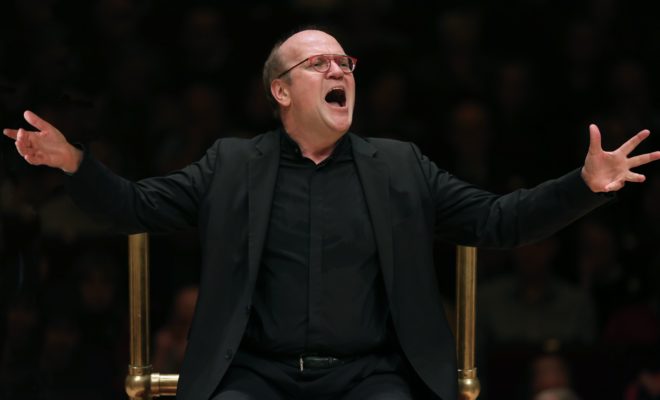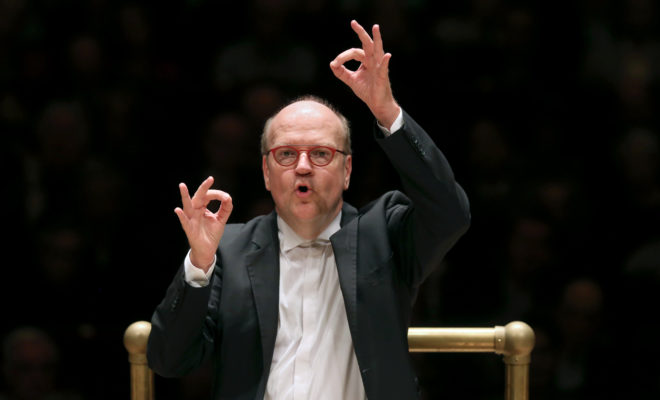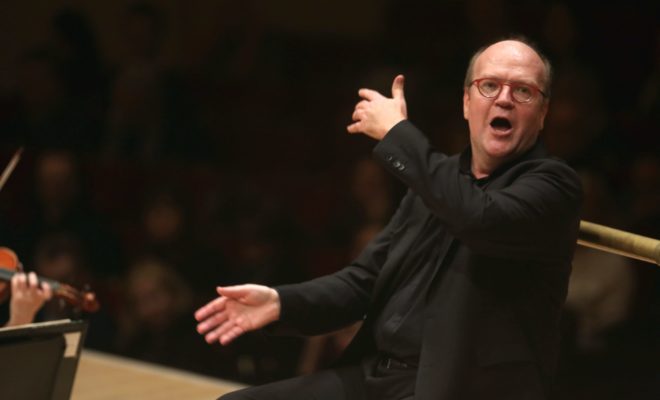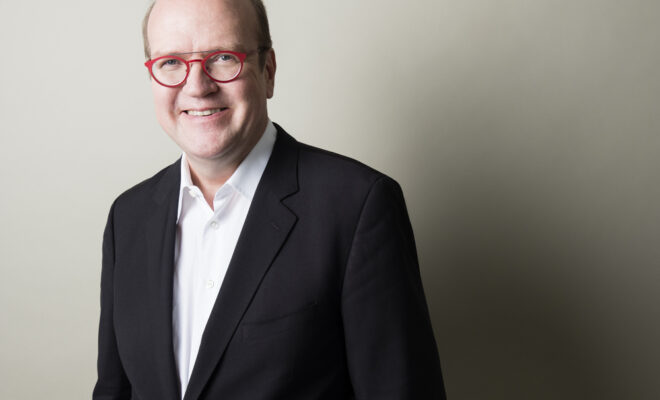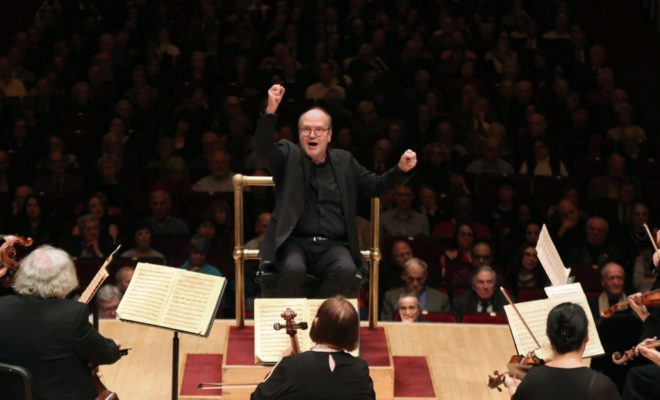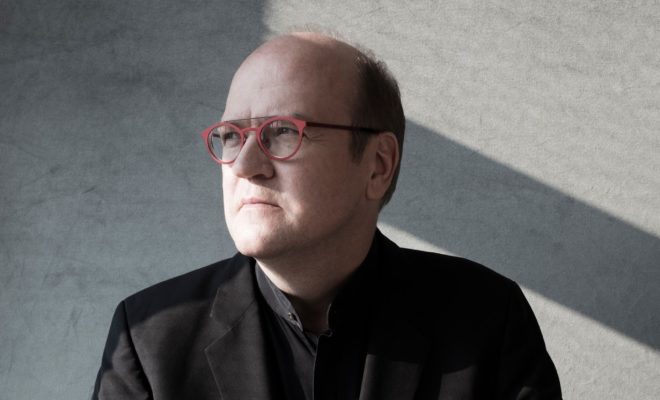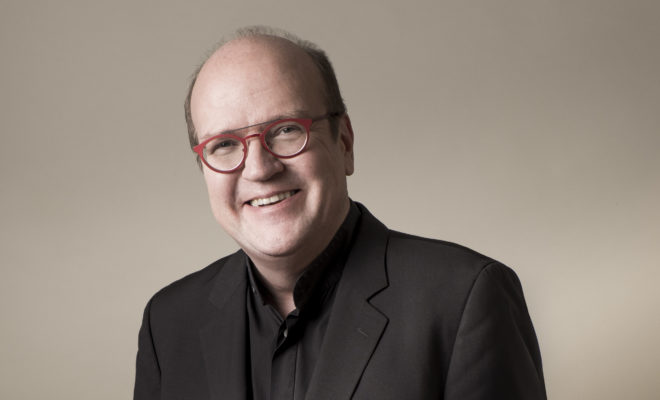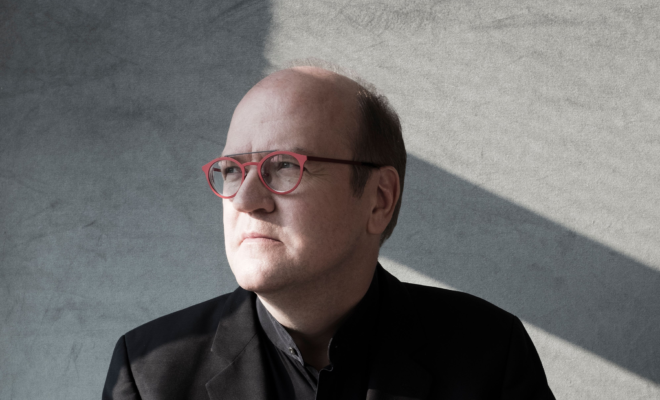This selection is from an arrangement of the Goldberg Variations I made in 1996-1997 for the orchestra I founded in Québec, Les Violons du Roy. It was recorded at the lovely concert hall of the Domaine Forget, an old estate turned into a music academy and festival in the Charlevoix area, about a hundred kilometers east of Québec on the north shore of the river.
Ask anybody who knows about Charlevoix and the Domaine Forget, and you will see mountains, big blue skies and the reflection of the St. Lawrence waters in their eyes. (Or just a lot of fog, depending on the day, which is also part of its charm.)
In the mid 90s, all string players in the world (including many members of my orchestra) were mad about the arrangement of the Goldberg Variations for string trio recently published and recorded by Dmitry Sitkovestky. Deservedly so: they could at last play that amazing music and not just listen to it. Sitkovetsky had also recorded a slightly enlarged version of his arrangement using a string orchestra, and I was under a lot of pressure from many of the Violins du Roy players to program it in our season.
I bought the recording of the arrangement, listened to it, and then I decided to make my own.
It’s not that Sitkvotesky did not do a great job: one can feel his utmost devotion to the music, and his arrangement is immensely respectful of the original. He gives every single note Bach has written in the keyboard original to a string instrument with the exact same rhythmic value at the exact same octave. This is likely why he chose a string trio (violin, viola and cello) to cover the whole compass of the keyboard.
As I have written, arrangements in 18th-century music must sound idiomatic for the new medium. This might require no change at all from the original, or a certain amount of change, or a huge amount of change, depending on the nature of that original. In the case of the Goldberg Variations, this concept of idiomatic expression informed my idea of turning the entire Goldberg Variations into a huge concerto grosso, with different instrumental combinations depending on each variation.
This is not something Bach himself would have done: I really don’t think he would have transcribed his Variations for any other instrumental medium. He did experiment with them a bit, as we know from a series of canons he wrote upon its iconic bass line. But if one of his contemporaries had decided to do so (the way Charles Avison turned many of Scarlatti’s keyboard sonatas into concerti grossi, for instance), I am sure this is the kind of freedom the arranger would have taken for granted.
In the case of the Aria heard at the beginning and at the end (da capo) of the piece, there is not much transformation involved: apart from a few chords which can be taken over by the continuo, everything is already perfectly laid out in three parts which can easily be ascribed to single string instruments. Only the middle part (viola) requires a few rhythmic adjustments and extra notes so that the line stands complete and coherent on its own two feet.
My new arrangement was programmed for the first concert of the 1996-1997 season of Les Violons du Roy well before the actual arrangement had been completed. As fate would have it, the arrangement was ready only about a week before the first rehearsal. I remember the flicker of panic in some of my musicians’ eyes when we played the arrangement for the first time. The music was huge, difficult, demanding, and intricate, which was not too surprising. After all, it was Bach and his Goldberg Variations, transcribed idiomatically or not.
The recording sessions of the arrangement took place a couple of years later at the Domaine Forget. The recording of the da capo version of the Aria occurred at the end of a long day, with only four musicians involved in the Aria on stage, as the rest of the band had already left the hall for the day. I was in the booth with Craig Dory and Brian Peters from Dorian Recordings, two of my great friends whose silver ears I trust with my life.
Any musician who participates in a recording session knows it can be one of the most nerve-racking experiences. But at that time of the day, with only a few musicians involved, and with fatigue-induced abandon settling on us all, the atmosphere was extremely serene and peaceful. In only a few takes, the recording was done. The actual track on the CD comes mostly from one single take.
Led by Nicole Trotier’s heavenly violin, the musicians seemed to be floating in the air: they were not in the hall and we were not in the booth: we were all floating together in some other-worldly universe, way up there with Bach himself commandeering the spheres. No one talked much after the session was complete, as we didn’t want to break the spell.
To this day, the memory of that precise moment remains etched in my mind. We were just so extremely lucky to be there together bringing Bach’s incredible music to life.
Program
Johann Sebastian Bach
Goldberg Variations (BWV 988): Aria (Da capo)
